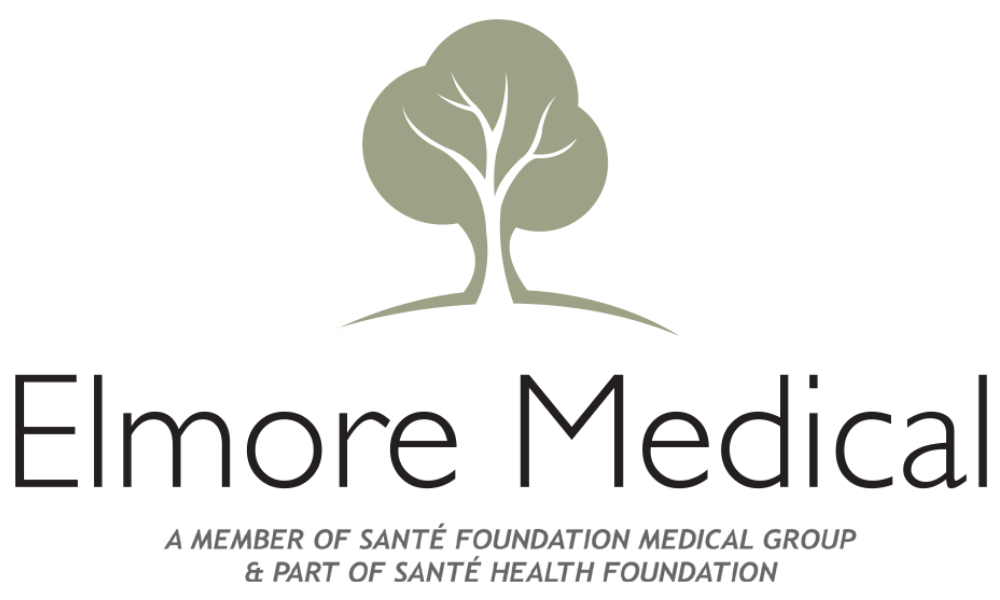Preventing and Treating Vein Issues in Athletes
Athletes are often seen as the epitome of health, disciplined, strong, and physically active. Yet even within this high-performing group, vein health can become a hidden concern. From varicose veins to deep vein thrombosis (DVT), athletes are not immune to vein-related issues. Whether you're a weekend warrior or a competitive athlete, understanding how to prevent, manage, and treat vein concerns is essential to maintaining peak performance and long-term health.
In this blog, we’ll explore the relationship between athletic activity and vein conditions, preventative strategies that align with active lifestyles, and the treatment options available when problems do arise.
Why Athletes Are Prone to Vein Problems
Despite being active, athletes are still susceptible to vein issues. In fact, some forms of athletic training can increase the risk of developing them.
1. Increased pressure in the lower extremities
Activities like weightlifting, running, and cycling create high venous pressure in the legs. Over time, this can cause veins to enlarge and valves to weaken, leading to varicose veins. Athletes in high-impact sports may even be at increased risk of varicose veins due to the intensity of exertion.
2. Repetitive motion and overuse
Long-distance runners or endurance athletes often experience repetitive muscle contractions, which can restrict venous return and cause blood pooling in the legs. This has been discussed further in our guide on vein health for long-distance runners.
3. Dehydration and clot risk
High-performance athletes who sweat excessively and do not rehydrate properly may increase their risk for blood clot formation, including DVT. To learn more about this dangerous condition, see our article on understanding and preventing DVT.
4. Tight gear
Compression wear is often used to enhance performance, but improper fit or prolonged wear without breaks can contribute to vein compression and impaired circulation.
Recognizing Common Vein Conditions in Active Individuals
Athletes should be aware of several vein-related issues:
Varicose veins: Bulging, twisted veins often found on the legs, which may cause discomfort, heaviness, or itching.
Spider veins: Smaller, web-like veins that can be cosmetic but may indicate underlying circulation issues.
Chronic venous insufficiency (CVI): A condition where blood pools in the legs due to weakened valves.
Deep vein thrombosis (DVT): A serious condition involving blood clots in deep veins, typically in the leg, which can be life-threatening if left untreated.
Even without visible symptoms, athletes might experience leg fatigue, tightness, or swelling, early indicators that should not be ignored.
Proactive Prevention: Supporting Vein Health While Staying Active
Rather than waiting for symptoms to appear, athletes can take proactive steps to support healthy circulation.
Lifestyle and Training Habits
Cross-train and vary intensity: Avoid overuse by incorporating low-impact activities like swimming or yoga into your routine.
Elevate legs after workouts: Reduces blood pooling and supports lymphatic drainage.
Hydrate adequately: Keeps blood from thickening and improves overall circulation. If you’re unsure why hydration is essential, explore our guide on why staying hydrated benefits your veins.
Stretch regularly: Increases blood flow and prevents venous stiffness.
Rest and recovery: Allow your veins time to recover between intense training sessions.
Smart Compression Usage
Compression garments can be helpful when used appropriately. They aid venous return, especially after intense exertion. However, it's important to:
Use medical-grade compression, not just athletic brands.
Consult a vein specialist for proper sizing and recommendations.
Avoid 24/7 wear; your body needs time without compression, too.
Footwear and Equipment
Supportive shoes reduce pressure on the legs and promote healthy gait mechanics, preventing excessive strain on the venous system. Choosing proper footwear for vein support is critical, particularly for athletes training in warmer weather.
Treatment Options for Vein Issues in Athletes
When prevention isn’t enough, a range of treatment options can address both cosmetic and functional concerns. These include:
Sclerotherapy: A non-surgical injection that collapses and fades spider or small varicose veins. Learn more in our sclerotherapy FAQ.
Endovenous laser therapy (EVLT): A minimally invasive option for treating deeper, larger varicose veins with laser heat.
Radiofrequency ablation (RFA): Similar to EVLT, this uses radio waves to seal faulty veins.
Vein stripping or ligation: A more invasive surgical method, often reserved for severe cases.
Compression therapy: For ongoing management post-treatment or for athletes who are not surgical candidates.
Consulting with a vein specialist who understands the demands of an athletic lifestyle ensures that treatments won’t compromise performance or recovery. If you’re unsure when to make that first appointment, here’s how to know when it's time to see a specialist.
When to See a Specialist
If you experience any of the following symptoms, it’s time to seek expert advice:
Persistent leg heaviness or swelling after training
Visible veins that itch, burn, or throb
Leg pain that worsens with activity and improves with rest
Skin discoloration or ulcers on the lower legs
Sudden swelling in one leg (possible DVT)
Don’t ignore subtle symptoms, vein issues caught early are easier to manage and less likely to disrupt your active lifestyle.
Optimizing Performance Through Vascular Awareness
Caring for your veins isn’t just about avoiding discomfort or cosmetic concerns, it’s about supporting the systems that fuel your performance. Healthy veins mean better circulation, quicker recovery, and a reduced risk of complications that could sideline your progress.
Athletes who stay proactive about vein health can maintain their edge while safeguarding their long-term wellness.
Elmore Medical Vein & Laser Treatment Center is the premier vein specialty medical practice in the Central Valley. Dr. Mario H. Gonzalez and his staff offer years of experience and medical expertise that you won’t find anywhere else. Contact us to set up a consultation appointment.

